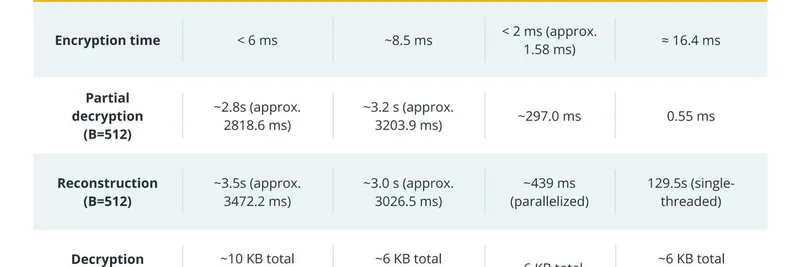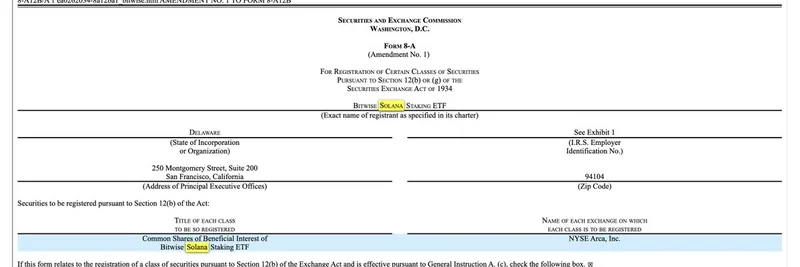In the fast-paced world of blockchain and meme tokens, where volatility reigns supreme and traders are always on the lookout for the next big pump, fairness can often feel like a distant dream. But recent buzz from Shutter Network is shining a light on some game-changing cryptographic tech that could level the playing field. Their recent tweet praises a Cointelegraph piece on Batched Threshold Encryption (BTE), highlighting how it's poised to tackle malicious Maximum Extractable Value (MEV) head-on.
If you're new to the jargon, MEV refers to the profit block builders or validators can extract by reordering, inserting, or censoring transactions in a block. In meme token trading, this often manifests as frontrunning—where someone spots your buy order and jumps in ahead to buy cheap and sell high—or sandwich attacks, squeezing your trade between buys and sells to profit at your expense. These tactics are especially rampant during hype-driven launches on platforms like Solana or Ethereum, where meme coins can skyrocket or crash in minutes.
Shutter Network, a project dedicated to encrypting the mempool (that's the pool of pending transactions), shared their excitement about a Cointelegraph research piece. The article dives into BTE, a method that encrypts transactions until the block is finalized. This prevents sneaky MEV exploits by keeping transaction details hidden until it's too late for manipulation. The latest upgrade, dubbed BEAST-MEV, slashes decryption times to under a second for around 500 transactions, with minimal communication overhead—just 6KB—and a non-interactive setup. That's a huge step up from clunkier earlier versions, making it more practical for real-world DeFi applications.
What makes this relevant for meme insiders? Meme tokens thrive on community hype and rapid trading, but MEV bots can siphon off gains from retail traders, discouraging participation and stifling growth. By integrating BTE, networks could ensure fairer access, where your moonshot buy isn't immediately undercut by sophisticated actors. Shutter's tweet also nods to key researchers like G. Vamsi Policharla, Sebastian Faust, Stefan Dziembowski, and Jan Bormet, whose work is pushing these boundaries.
Breaking Through Encrypted Mempool Limitations
Shutter didn't stop at praise—they linked to their own earlier thread and blog post exploring advanced cryptography to overcome encrypted mempool hurdles. While encryption reduces censorship and malicious MEV, issues like potential Keyper collusion (Keypers are the decentralized nodes handling decryption), rigid setups, and latency persist.
Their blog outlines solutions like:
Accountability Mechanisms: Techniques such as Secret Sharing with Snitching (SSS) and traceable threshold encryption allow detection and punishment of colluders, deterring bad behavior.
Silent Setup: This enables flexible Keyper sets without expensive distributed key generation, letting users choose trusted parties and adapting to network changes seamlessly.
Batched Threshold Encryption (BTE): By decrypting entire blocks at once with constant data size, it minimizes bandwidth and speeds things up, ideal for high-throughput chains where meme tokens often launch.
These innovations, drawn from papers by teams including Dziembowski et al. (2024) and Bormet et al. (2025), could make encrypted mempools more robust. For meme token ecosystems, this means less extractive MEV during viral pumps, fostering trust and encouraging more organic growth.
Implications for Meme Token Practitioners
As blockchain practitioners diving into meme tokens, staying ahead of tech like BTE is crucial. It not only protects your trades but could influence how new meme projects design their launches—perhaps with built-in encryption to attract fair-play communities. Projects like Shutter are already deploying threshold encryption on chains like Gnosis, and with Ethereum's ongoing upgrades, widespread adoption might be closer than we think.
Keep an eye on Shutter Network's updates and resources like their blog for deeper dives. In a space where memes meet money, these cryptographic shields could be the difference between a rug pull and a real revolution. What's your take—will BTE finally make DeFi (and meme trading) trustless again?


